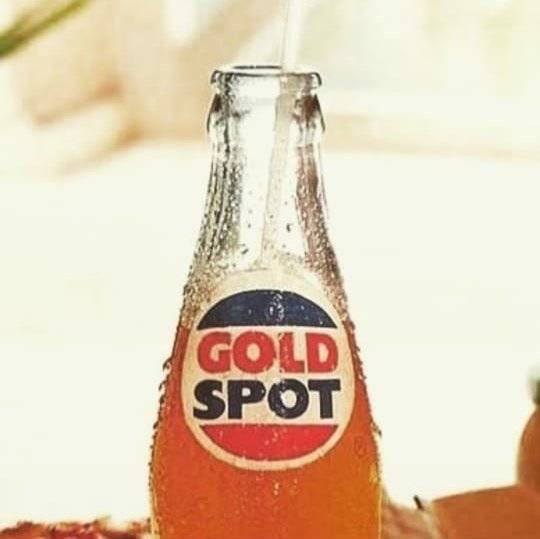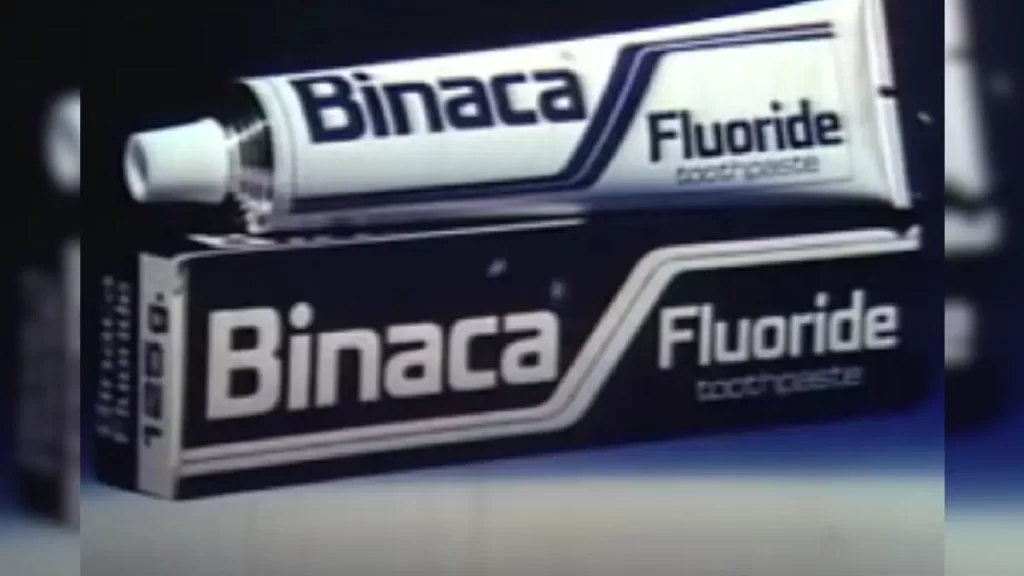Iconic Ads: BBC Sport – 2018 Football World Cup Trailer
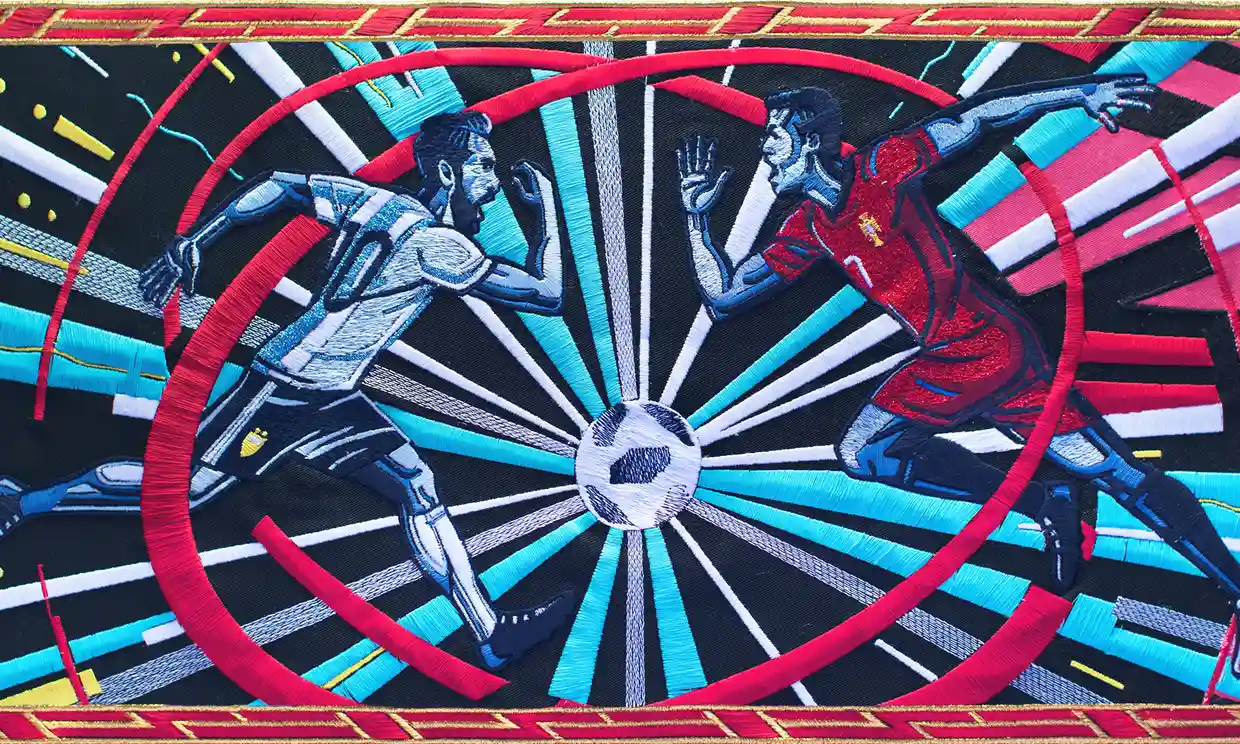
The goal was to build a football equivalent of the Bayeux Tapestry that would portray the World Cup’s emotional and recognisable tale.
It was September 2017 when BBC Creative, the corporation’s in-house creative firm, issued a call for 2018 World Cup-related concepts. Edward Usher and Xander Hart, two members of their team, immediately started to look for a solution. The task was to discuss the World Cup’s cultural and worldwide influence. A celebration of football, but the BBC intended to go farther than that.
Following their decision, the two set out to learn everything they could about Russian history. At the end of 2017, the BBC Creative’s creative directors, James Cross and Tim Jones, were presented with 68 suggestions, the best of which were 20. Based on Russian sculptures, there was a range of live-action proposals, including one that advocated making a movie out of tapestries. Throughout history, tapestries have been employed by a variety of civilizations. Russian tapestries and needlework were on display for everyone to admire.
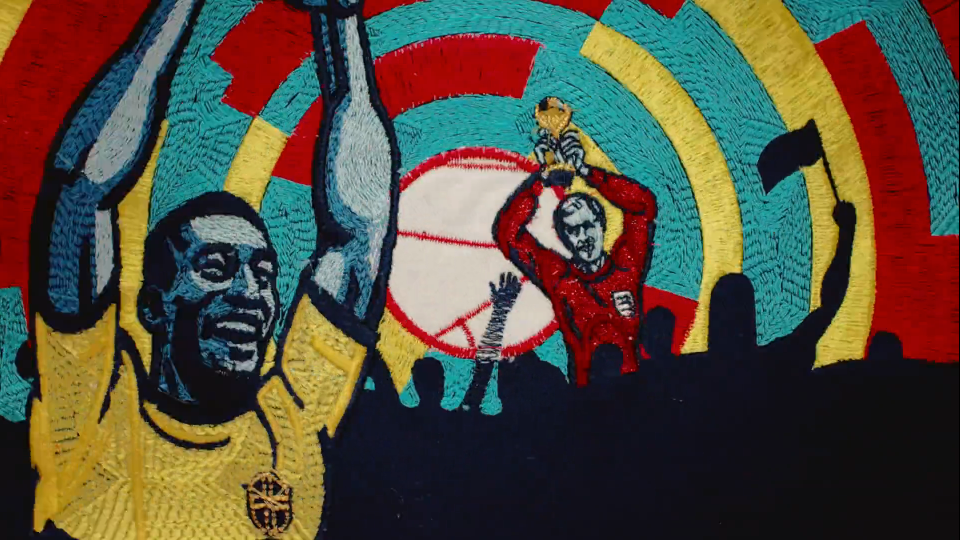
Before, World Cup trailers seemed to be little more than rushed mashups of slow-motion action of players celebrating and the most obvious host-nation cliché. And then came Nessun Dorma in 1990.
The first sign that something was amiss came at the end of the first week of the tournament, when Luciano Pavarotti’s rendition of Puccini’s aria, the soundtrack to the BBC’s opening credits and the antithesis of the kind of music that was popular at the time—New Kids on the Block and Adamski were in the top 10 that week—was heard. It rose to No. 3 during the second week and stayed there the rest of the competition.
Regardless of whether or not this was the tipping point for sports event credits and trailers, the standard has been lifted several times since. Channel 4’s 2012 Paralympic campaign, Meet the Superhumans, and its 2016 follow-up, We’re the Superhumans, are two of the more noteworthy examples.
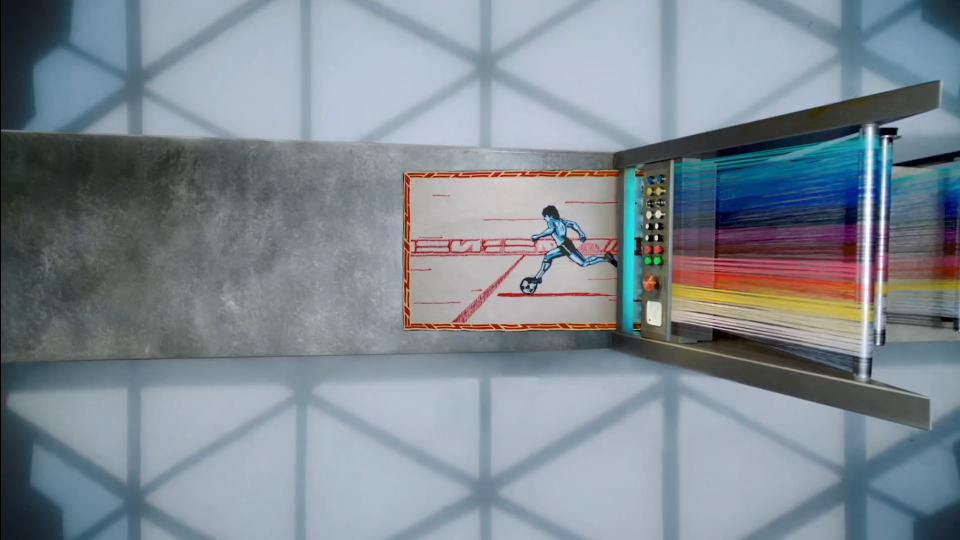
Embroidery designs by the two of them were commissioned. Nicos Livesey, the only person known to have constructed an animated film entirely from needlework, was brought on board. When Livesey was 12, he went to a boat exhibition and fell in love with an embroidery machine. Years later, while working in animation and as a rock band’s vocalist and guitarist, he created an animated music video for one of their songs that was sponsored by Kickstarter and endorsed by Channel 4. Seven months and seven weeks later, he recalls, “the most outrageously dumb concept” was realized. After four years, the BBC finally got in touch.
Further work was done by Livesey to enhance the film’s aesthetic; the character designs are influenced by Russian mosaics, Soviet-era poster art, and a specific subset of Russian architecture. One of the machines had a conceptual purpose. Seeing the ancient Russian bus stop’s concrete geometric patterns led him to construct an extraordinary machine that lives in space and stitches together the best moments of the World Cup while it’s on and then goes to sleep for four years.
An extensive to-be-recorded list was gradually narrowed down. To show that the film was not only about “goals,” Usher and Hart included Zinedine Zidane’s headed goals from the 1998 World Cup final, as well as Iceland’s thunderclaps before the country’s World Cup debut.
For three weeks in April at the London Embroidery Studio, each of the 600 frames of the film was machine stitched and animated on a computer. Due to the tight deadline, all of their machines were running 23 hours a day, seven days a week.
Another important challenge for Usher and Hart was to search for the ideal music. After a lengthy period of research, they finally landed on a Russian folk ballad called Ochi Chernye, or Dark Eyes, and recorded a customised version at Abbey Road, performed in Russian by Sir John Tomlinson and composed by Alex Baranowski. The World Cup’s goal of bringing people together is reflected in the lyrics.
With the help of a team of contemporary tapestry artists, the team created an animated video in which each frame is hand-embroidered. A tapestry made with more than 227,000 metres of thread would stretch 1,200 metres long if it were set end-to-end. A 7-meter-long tapestry was placed on exhibit for the first time.
Reference
https://www.innovationintextiles.com/bbc-2018-world-cup-trailer-made-entirely-out-of-tapestry/
